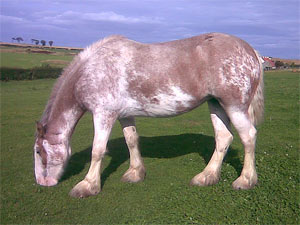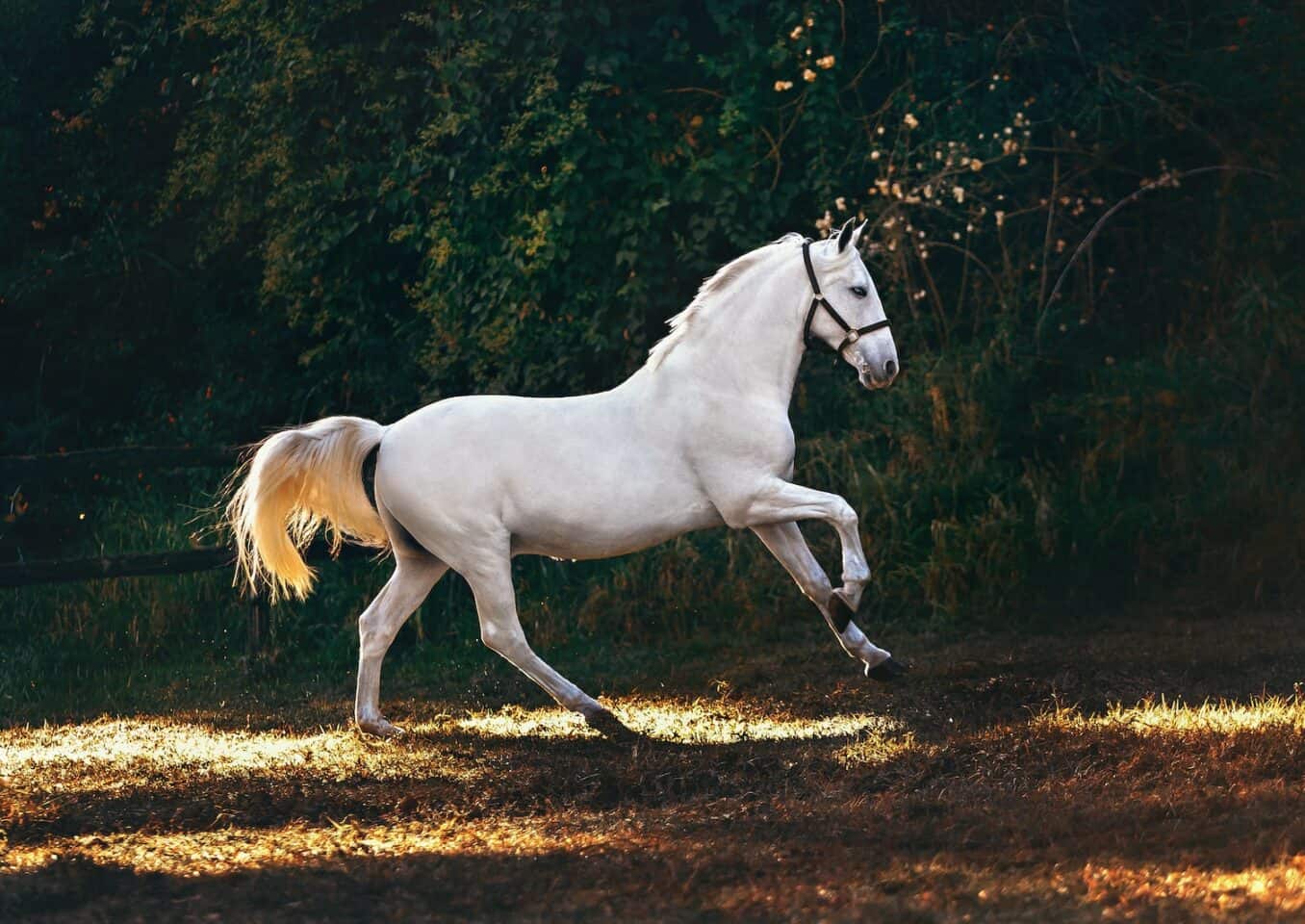The first true horse, about the size of a small pony, came into existence during the Ice Age!
The different breeds of horses come in a variety of colors, and vary greatly in height and size. Miniature Horses are around 34 inches in height while the Heavy Horses can be up to 72 inches tall measured at the withers. Modern horses are either Light Horses, hot blooded, that originally evolved in the southern hemisphere; or they are Heavy horses, the draft types, that evolved in the northern hemisphere. Ponies further evolved from both original light and draft horses, or wild races.
Our list of horse breeds covers a wide array of equestrian favorites. Each horse guide has horse information starting with horse backgrounds, a description of the breed, and horse pictures. Horse care and horse training are included with each horse guide to help in choosing a pet or for horse identification.
Types of Horse Breeds
| – The Draft Horses are the largest of the horse breeds. The Draft Horse Breeds, well known as a workhorse, are often referred to as a Heavy Horse. Heavy Horses have been used throughout history to aid in the civilization of man. The names of Draft Horse, Draught Horse, and Dray Horse describe these horse by what they were developed for, pulling a heavy load. |
| – The Light Horse is well known as a pleasurable riding horse, and many excel in competition and the show ring. These breeds are smaller than the heavy Draft Horses, and the majority of them are larger than ponies. The light horse breeds have ancient bloodlines, connecting their ancestry back to the oldest breed of horse. There are many modern breeds of horse, over 350. The majority of these are light horses and a number of them are newer light breeds developed to suit modern times. |
| – Especially popular for children due to their smaller size, the even tempered Ponies make pleasurable riding horses. Many also excel in equestrian disciplines and the show ring. Generally 14.2 hands high or under, all are smaller than the heavy Draft Horses and the majority are smaller than Light Horses. Ponies differ slightly in appearance from other horse breeds with shorter legs, a rounder barrel, wider stronger bones, and somewhat shorter thicker necks. Their manes, tails, coats are also usually thicker. |
Horse Breeds Features
Latest Horse Breeds Fact Sheets
| All About Draft Horses Draft Horses, Information on the Cold Blooded Workhorse Breed | |
| All About PoniesPonies, Information and Horse Care for Pony Breeds | |
| All About Light HorsesLight Horses, Information on Hot Blooded and Warmblood Horses | |
| ShireShire, Horse Care and Horse Facts About the Shire Horse | |
| Horse CareHorse Care, Tips for How To Take Care of a Horse | |
| AppaloosaAppaloosa, Horse Care and Horse Facts About The Appaloosa Horses |

Strawberry Roan Clydesdale, Anna Louise
Let’s take a step back to the not so distant past, where draft horses were an intrigal part of life!
Being a horse whisperer was not just an exciting novelty or specialty skill, as it’s viewed today. People and animals, living and working in close harmon. . .
Guest Article Contributions Welcome!



